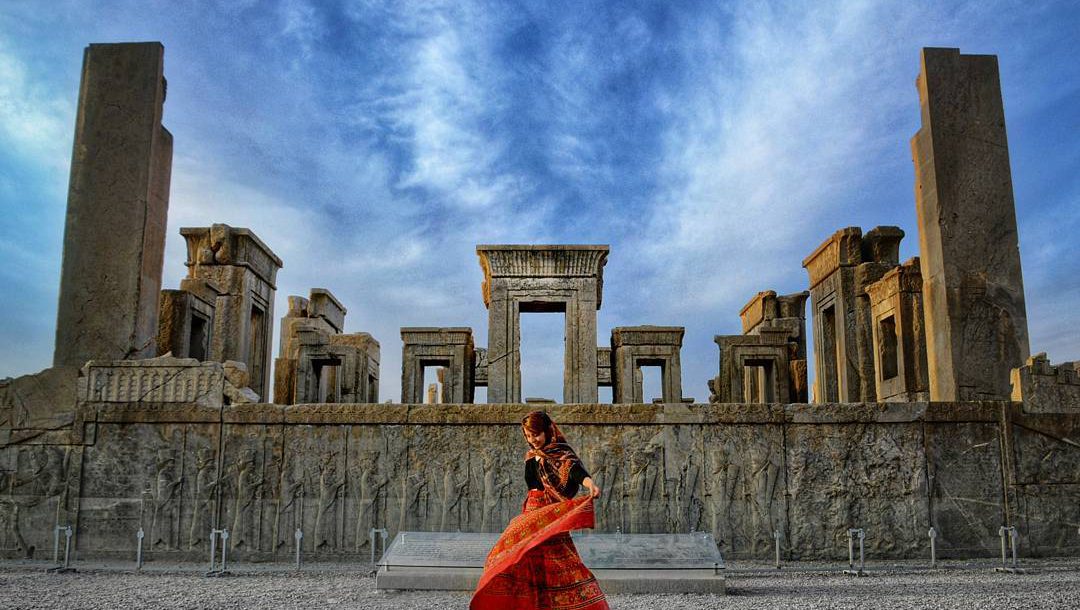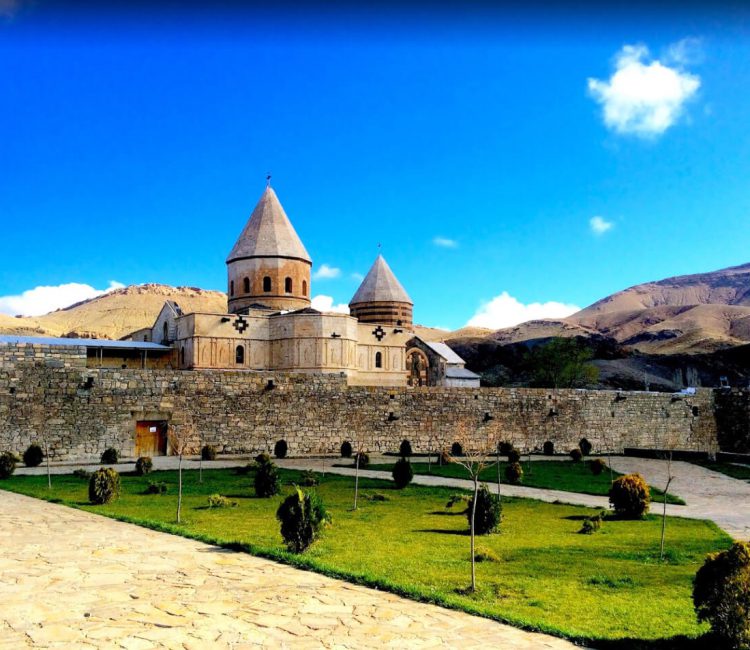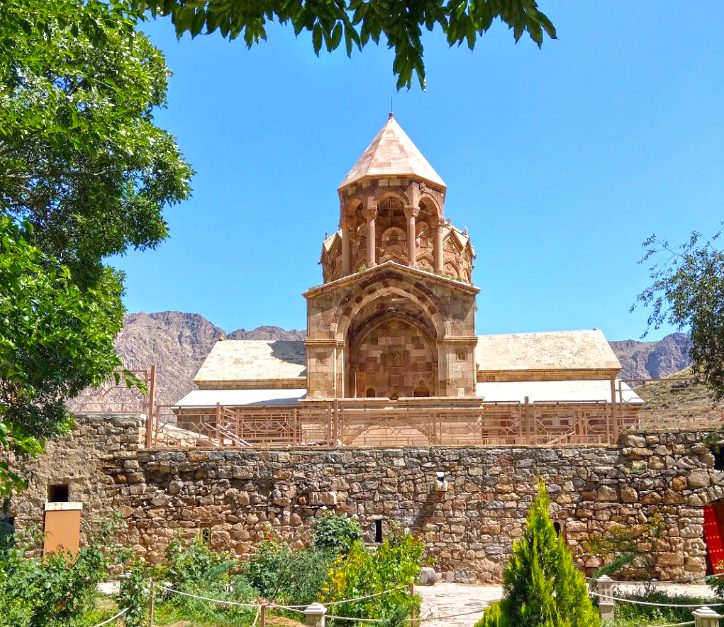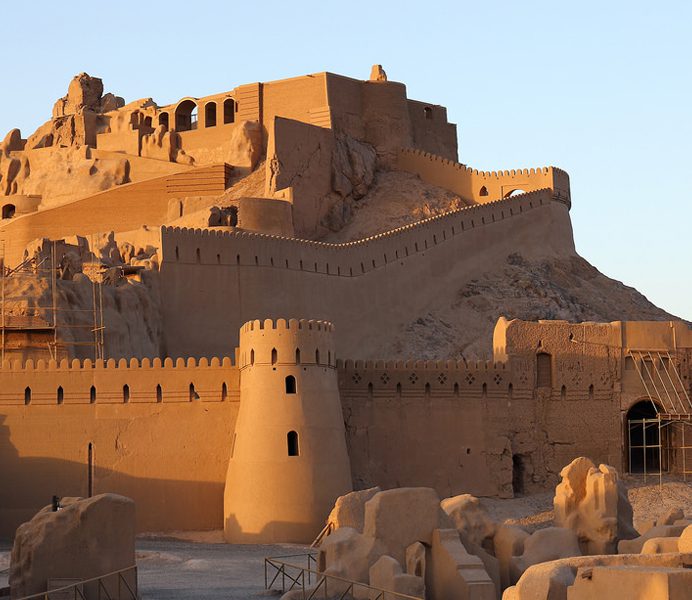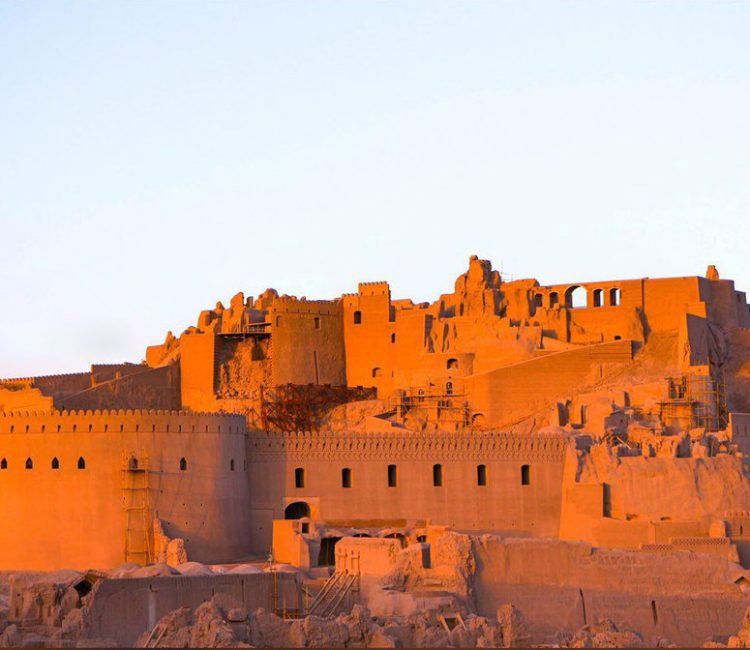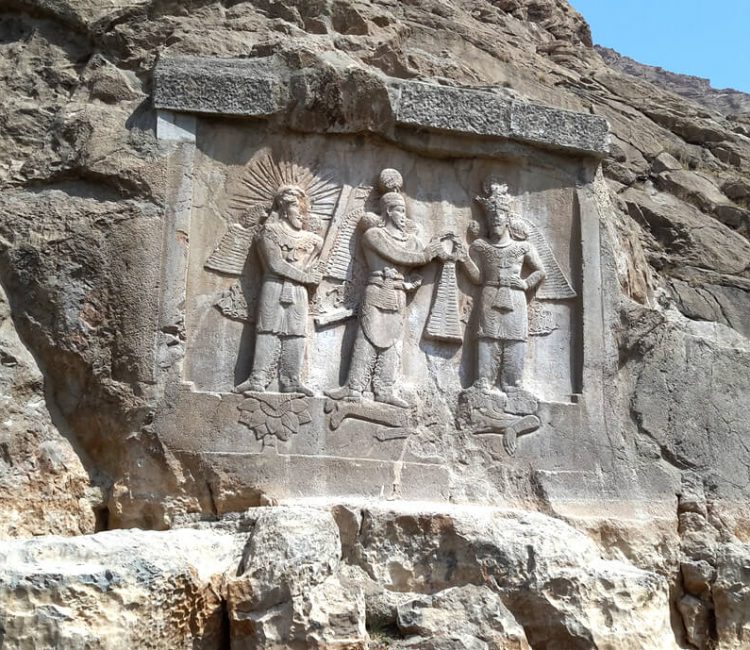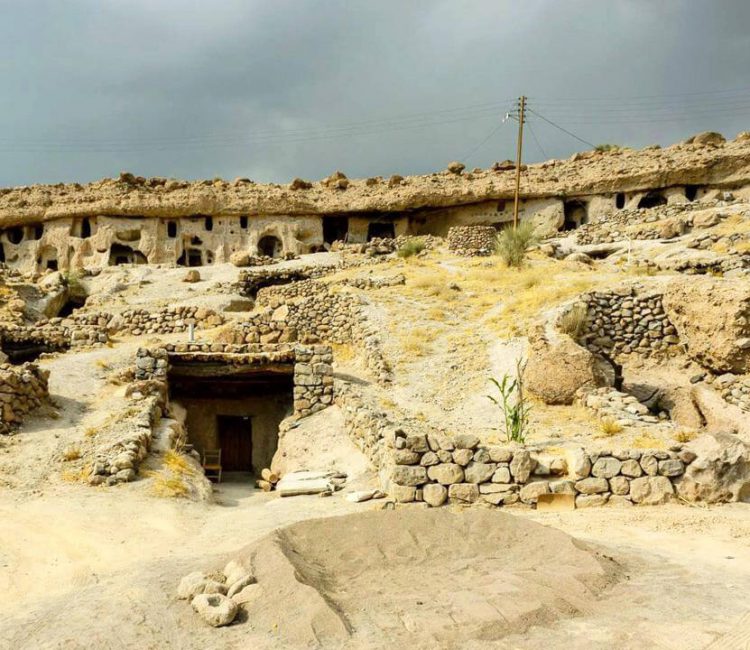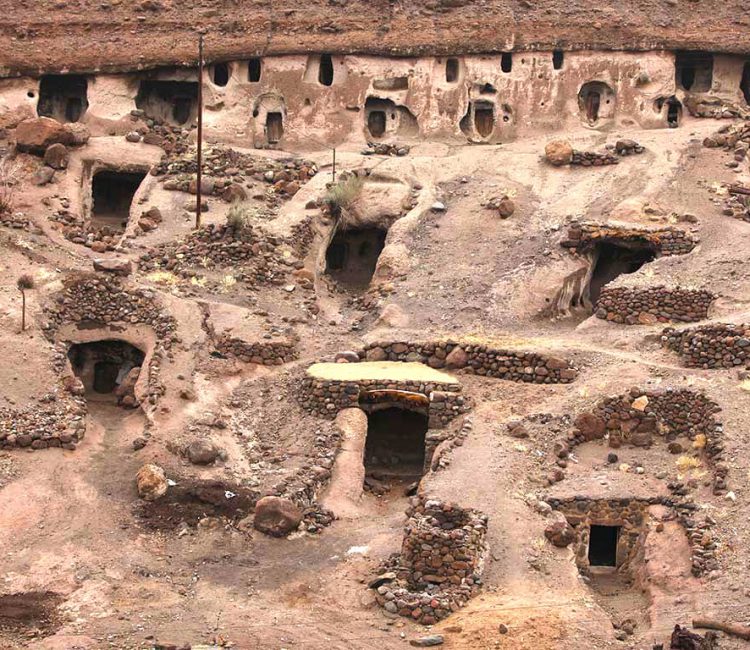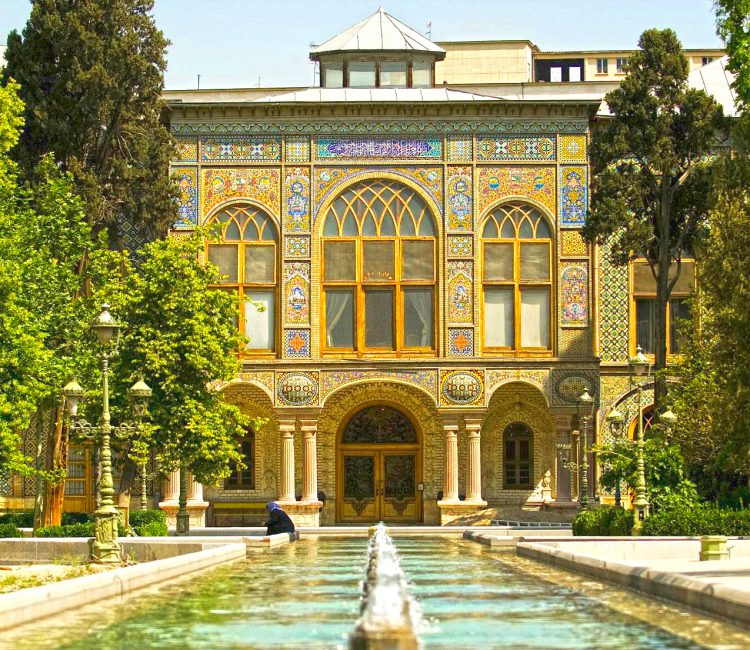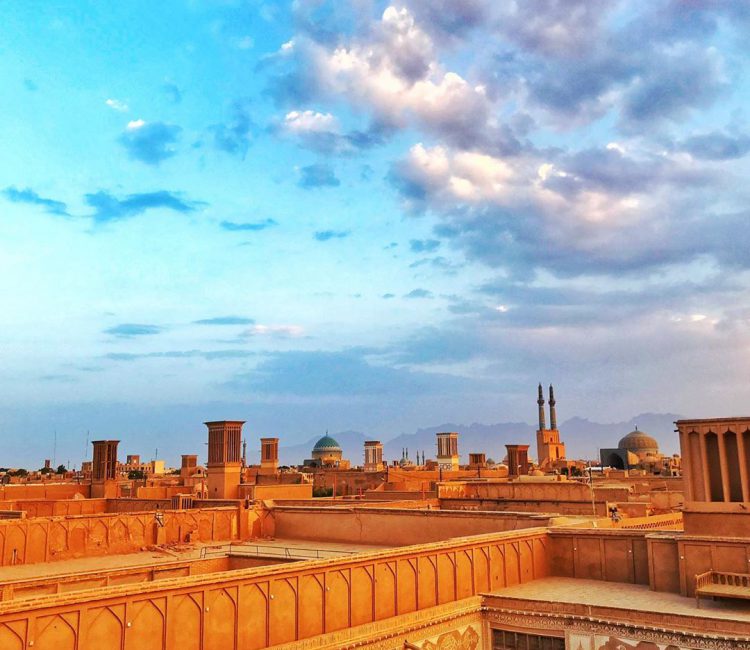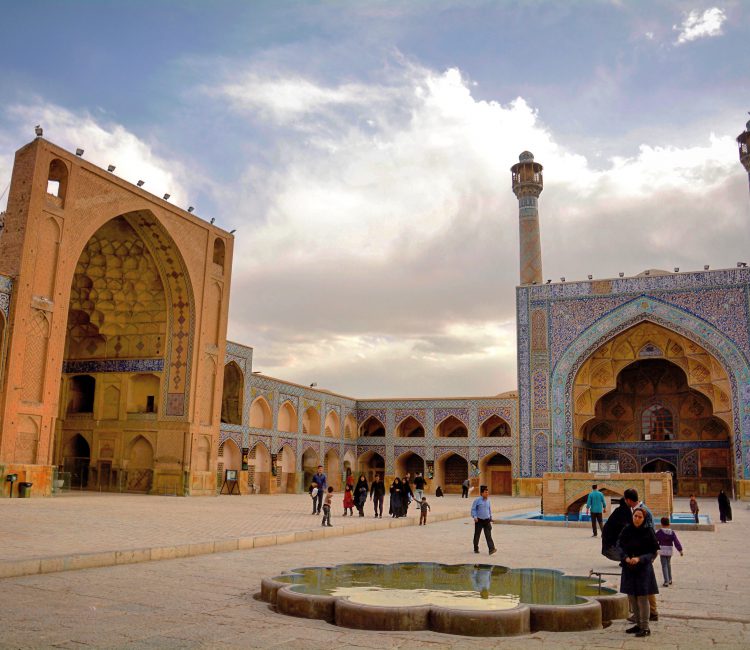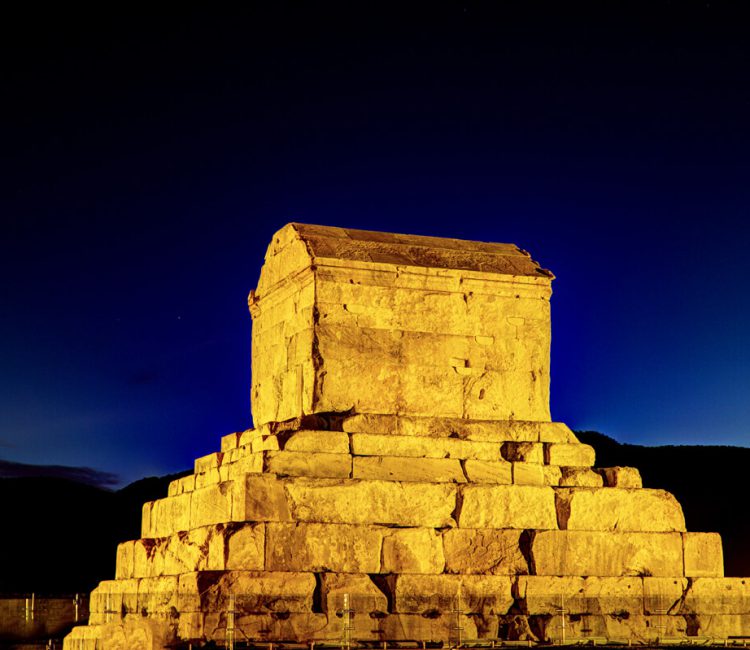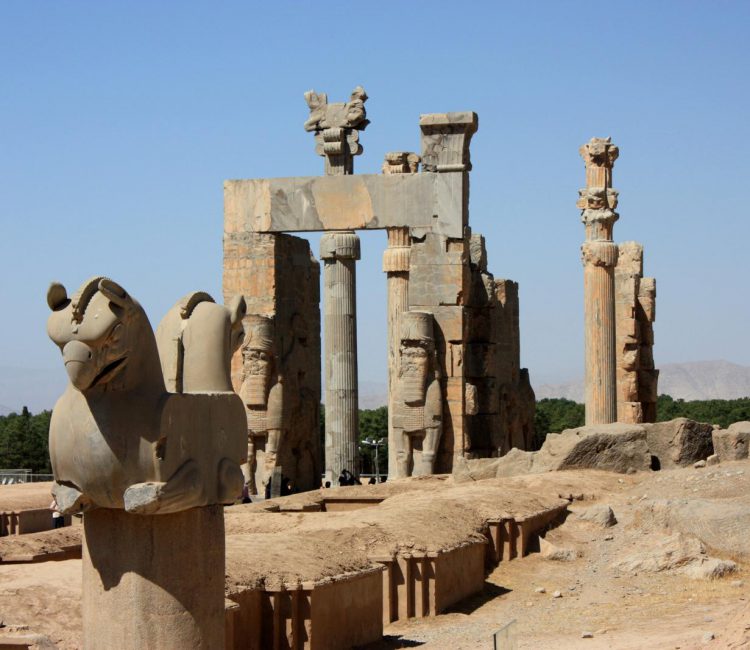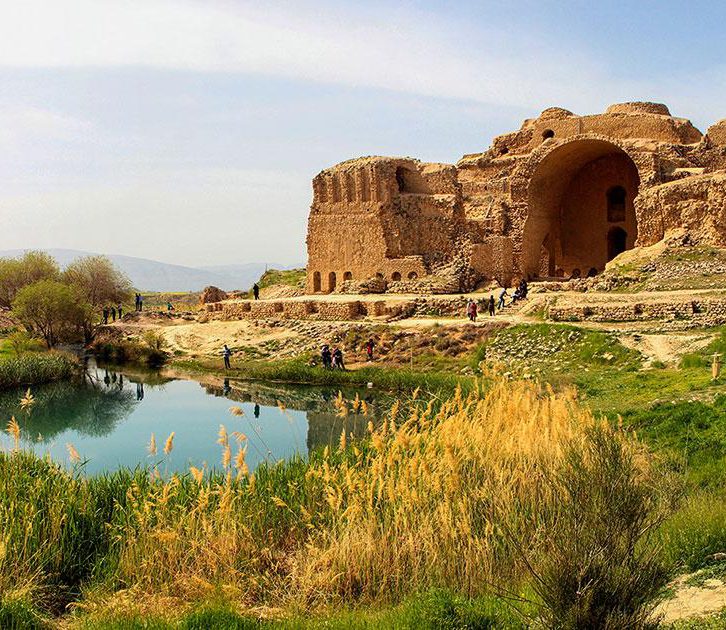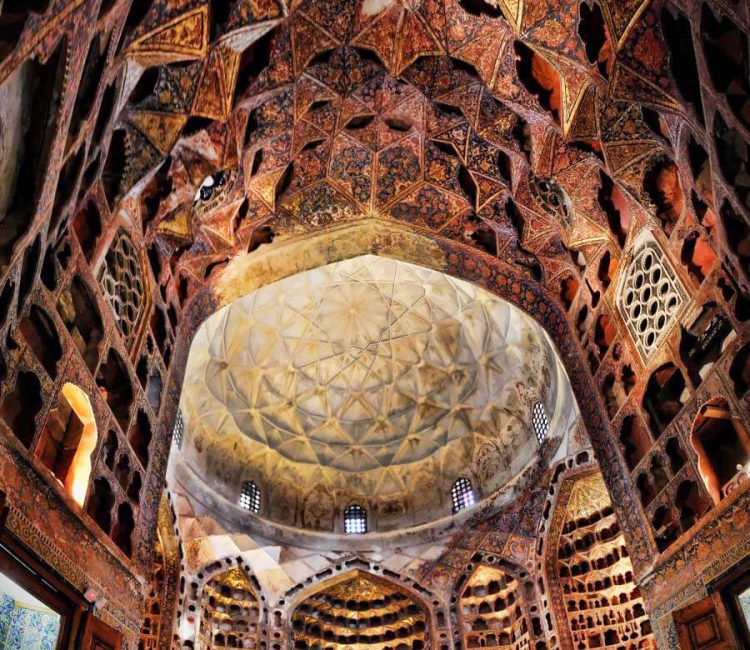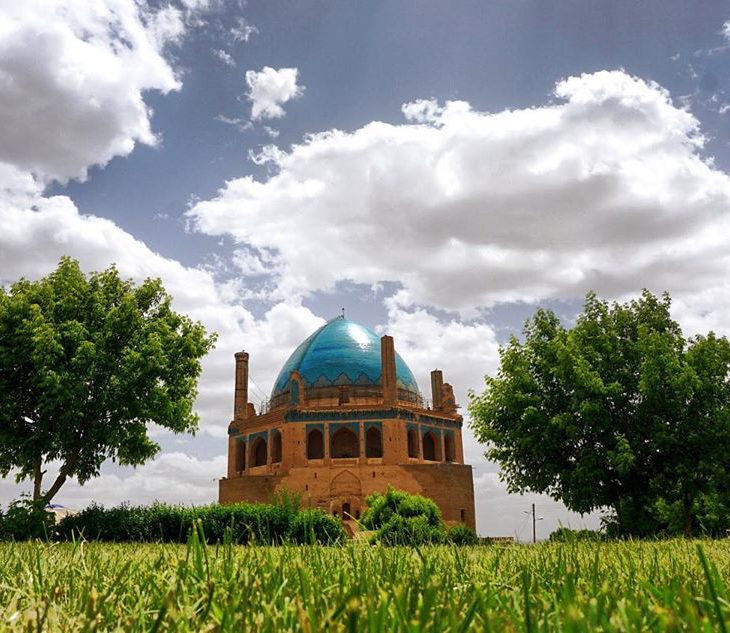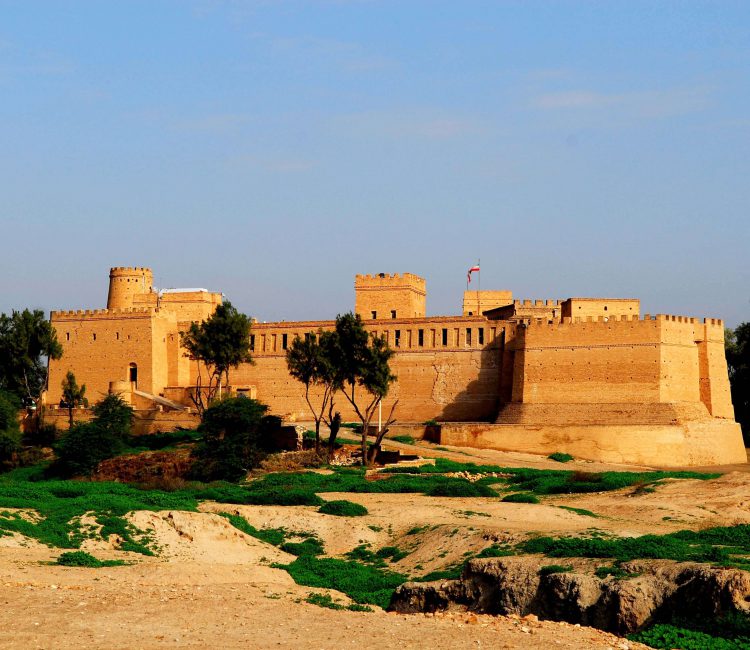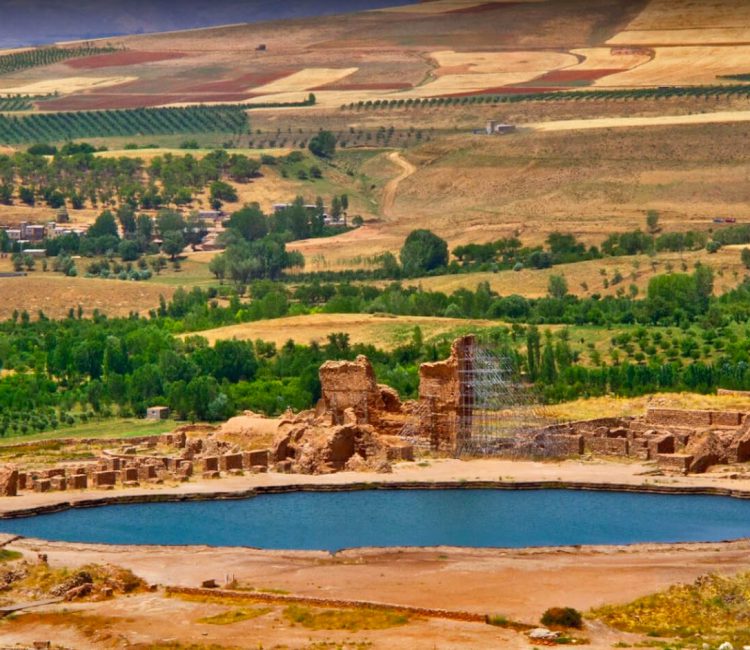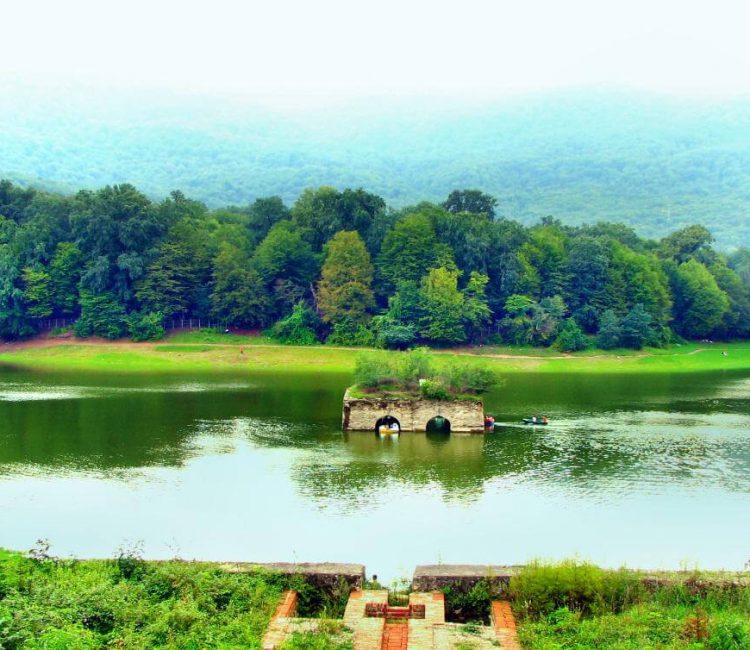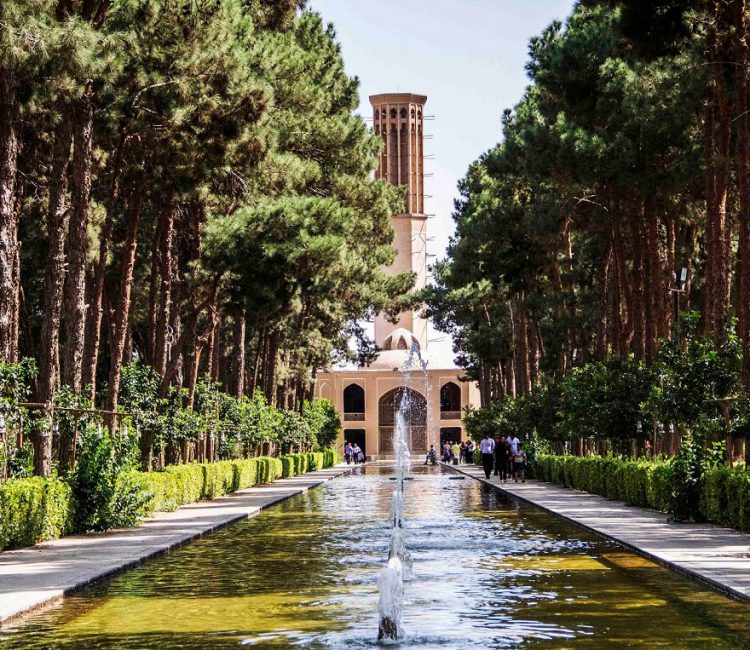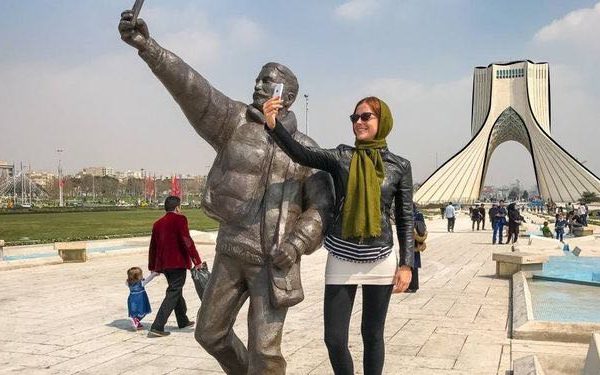Table of Contents
Iran contains 22 cultural properties inscribed on the world heritage list. We have listed these 22 of Iranian UNESCO world heritage sites for you.
Below you will find a short description of these must-see sites:
1. Armenian Monastic Ensembles of Iran
Nestled in the heart of the nature in north-west of Iran, in Azerbaijan province, the UNESCO recognized Armenian Monastic Ensembles have claimed a strongly felt presence both in matter and spirit, for centuries on end. The ensemble includes: St. Stepanos Church, St. Thaddeus Cathedral and the Chapel of Dzordzor.
2. Bam and its Cultural Landscape
The Citadel of Bam (Arg-e Bam) has claimed the horizon in outskirts of the city of Bam, in Kerman Province, for more than two millennia. This area was at the crossroads of the Silk Road and roads leading into the Central Asia, the Persian Gulf and Egypt.
3. Bisotun
The UNESCO recognized heritage of Bisotun also known as Behistun, located along the road linking Medea (the current city of Hamedan) to Mesopotamia, is a spectacular mountainous site overlooking a vast plain on the northeast of Kermanshah. This UNESCO world heritage site of Bisotun on the western edge of Iran comprises a number of valuable relics from the Paleolithic era (2nd millennium) to the reign of the Safavid dynasty (about 500 years ago).
4. Cultural Landscape of Meymand
The unique structure of the Meymand village has won its recognition as one of the UNESCO World Heritage Sites . The early settlements in this valley date back at least to 2000 years ago. The houses here were built by carving stones manually rather than by placing rows of bricks on top of each other.
5. Golestan Palace
Being the seat of government for about a century, Golestan Palace also served as a residential and recreational complex for a while and turned into a site to visit and marvel over the magnificence of Qajarid art and architecture. This UNESCO world Heritage site showcases the development of traditional Iranian architecture in late 19th and 20th centuries.
6. Gonbad-e Qabus
The tower of Gonbad-e Qabus, recognized as the tallest brick tower in the world was built in 1007, has won its recognition as one of the UNESCO world heritage sites. The structure was erected to serve as the tomb tower of Qabus ibn Voshmgir, representing the art and splendor of the city during the rule of Ziyarid dynasty.
7. Historic City of Yazd
The urban structure of Yazd has been acknowledged as a UNESCO World Heritage Site. A skyline of Yazd consists of low structures, clay domes, wind-towers, mosques and sābāts (passageways). The city is furnished, almost uniformly, in earthen structures as a means of enduring the harsh circumstances of the desert.
8. Masjed-e Jame of Isfahan
This is the city’s spiritual capital which has maintained its authentic appeal during 14 centuries, this mosque is built over a 3rd century Zoroastrian temple.
9. Naghsh-e-Jahan Square
Naghsh-e-Jahan Square is a prominent architectural masterpiece completed in 17th century and surrounded by the most exquisite architectural heritages of Isfahan. Walking in this amazing square may be the most enjoyable experience of your travel.
10. Pasargadae
The garden of Pasargadae was the first sample of quadrilateral garden (Chāhārbāgh) and it became a model for Persian garden. Aside from the streams, which were the primary indication of a royal garden for archeologists, there were an abundant number of trees surrounding the garden.
11. Persepolis
Persepolis, the magnificent showcase of Achaemenids, was founded in 518 BC by Darius the Great. It was specifically constructed to house official meetings, and the national religious traditions of Nowruz.
12. Sassanid Archaeological Landscape of Fars Region
The eight fortified structures, classified as archaeological sites, are located in the southeast of Fars Province dating back to 224 to 658 CE.
13. Shahr-i Sokhta (The Burnt City)
As one of the oldest centers of human civilization, the UNESCO World Heritage Site of Shahr-i Sokhta (Shahr-e Sūkhteh) is a scene for new glimpses into the history of human civilization. Shahr-e Sukhteh (literally burnt city) is a remnant of an ancient adobe city, dating back to 3200 B.C.
14. Sheikh Safi al-din Khanegah and Shrine Ensemble in Ardabil
The complex of Sheikh Safi al-din is the most considerable monument in Ardabil and a UNESCO World Heritage Site. Comprising several buildings and mausoleums, the complex was built over the remains of a Khanegah (a building for Sufis to retreat) erected in the 13th century.
15. Shushtar Historical Hydraulic System
It is recorded that the early signs of human inhabitation of this city date back to 10000 years ago. The city of Shushtar is mostly famous for its great water disposal system dating back to the Achaemenid era and specifically to Daruis’s time, 5th century BC. In the 3rd century B.C, this homogenous hydraulic system was mainly renovated and expanded by the Sassanids. Interestingly, parts of this construction were built by Roman soldiers who were captured as prisoners by Shapur I after the defeat of Valerian in 260. Based on available historical documents, this complex system was built in three to seven years.
16. Gonbad-e Soltaniyeh (Mausoleum of Oljayto)
Gonbad-e Soltaniyeh and its surrounding meadowland is recognized by UNESCO as a world heritage site. The lofty domed structure nestled in the middle of a green land is a must see in Soltaniyeh.
17. Susa
Susa was one of the political, economic and cultural centers of Elam, Anshan and almost the Near Eastern world. The archeologists refer the early settlement of human life in this area to 7000 years ago. The most striking items contributing to the significance of Susa, was the oldest script found in Iran known as the Proto-Elamite script dating back to 3000 years ago.
18. Tabriz Historic Bazaar Complex
The bazaar of Tabriz was the first bazaar in the world listed as the UNESCO World Heritage site in 2010. Having located on the Silk Road, this bazaar continues to function as the most important trade center for both the locals of Tabriz and the north-western region of Iran.
19. Takht-e-Soleyman
Reputed as the birthplace of Zoroaster, Takht-e-Soleyman (the Throne of Solomon) is located in Western-Azarbayejan province. This UNESCO Heritage Site is one of the most well-known centers of history and civilization in Iran dating back to the 1st millennium BC.
20. Choqa Zanbil
Located at the center of the city of Dur Untash, Choqa zanbil ziggurat is the largest ziggurat outside Mesopotamia. As the most striking components of the complex, this ziggurat was a religious center and burial ground for Elamites.
21. The Persian Garden
Rooted in Achaemenian era and dating back to the various periods of history, Persian Gardens can be found in different locations. The concept of Paradise has been materialized in Persian Gardens, with geometrical proportions of four sections. The Persian Garden reflects the rich knowledge of architecture, irrigation and agriculture used by Iranians during long periods of history.
Persian Garden is a collection of nine gardens:
- Abasabad Garden
One of the main royal gardens built by Shah Abbas in Mazandaran is Abbas Abad garden located on a 9 km distance from Behshahr (on the east of the province), on the foot of the Alborz Mountain range.
- Akbarieh garden
Among the prominent relics developed by Shokat al-Molk, is the UNESCO-recognized Akbarīyeh garden in Birjand. The garden was built in the late Zandiyeh and early Qajar era and named after Akbariyeh village near the old city.
- Pasargadae
The garden of Pasargadae was the first sample of quadrilateral garden (Chāhārbāgh) and it became a model for Persian garden. Aside from the streams, which were the primary indication of a royal garden for archeologists, there were also an abundant number of trees surrounding the garden.
- Chehelsotun Palace
Chehel-Sotūn garden is one of the most famous gardens in Iran, thanks to its architecture, lavish pavilion and history.
- Eram Garden
Eram garden (Bagh- e Eram) is a notable piece of the heaven, enlisted as a UNESCO World Heritage Site. The 900-year-old Eram garden has taken its name from a myth about a heavenly garden on earth.
- Fin Garden
An oasis of geometrical pools and fountains in the middle of the desert, Fin Garden spreads over an enclosed 1.5-hectare rectangular space with four circular watch-towers at each corner.
- Shazdeh Garden
Shazdeh Garden (Prince Garden) is located 2 km away from Mahan, one of the major cities in Kerman province. The garden, dating back to the late Qajar period, was built on the slopes of Tigran Mountains.
- Dowlat Abad Garden
Dowlat Abad garden (Bagh-e Dowlat-Abad) testifies to a variety of architectural capabilities developed in Yazd. Dowlat-Abad garden was a residential–governmental garden built in 1750.
- Pahlevanpour Garden
The UNESCO recognized 19th century Pahlavanpour garden, with an area of 3.5 acres, is one of the most magnificent Qajarid gardens in Yazd province.
22. The Persian Qanat
Iran is ranked as the first country with respect to the number of its qanats. Eleven of these are categorized as UNESCO listed sites, each bearing its unique characteristics. The Following qanats are listed as UNESCO world heritage sites: Qasabeh, Baladeh, Zarch, Hassan Abad-e Moshir, Ebrahiim Abād, Mozd Abad, Moon, Gowhar-riz, Qasem Abad and Akbar Abad, Qanat of Vazvan.
To get more of the creative tradition of the Persian Garden follow our guided tours to these sites.


